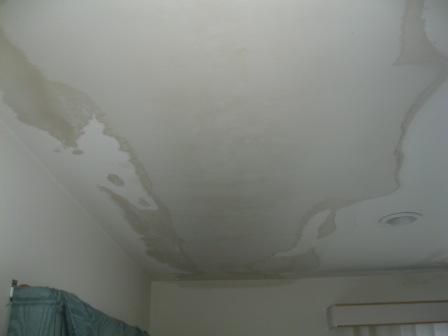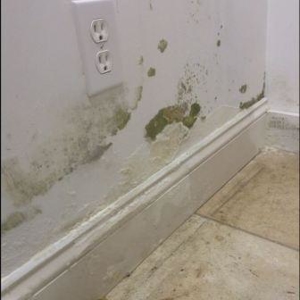Exposure to mold can lead to a range of health issues, including respiratory problems, allergies, and skin irritation. These risks are particularly high for individuals with pre-existing health conditions, children, and the elderly. Mold often grows in areas affected by water damage. If left untreated, this mold poses a serious health risk. Health officials at the Environmental Protection Agency (EPA.gov) warn about mold growth, as it poses significant health risks if left untreated. Addressing mold issues promptly and effectively is crucial to protect the health of those living in affected environments.
Water damage is a serious hazard and happens far more often than people think. Property damage resulting from water and leaks is the second most common cause of homeowner loss. According to the Insurance Information Institute (iii.org), about 1 in 60 insured homes has a claim caused by water damage or freezing. Homeowners insurance typically includes coverage of mold remediation when it develops after a covered water loss.
What causes mold damage?
"Water damage that is not addressed quickly and properly creates perfect conditions for mold to grow," says Bill Sweeney, President of ServiceMaster Dynamic Cleaning. "We often get calls from customers who had water damage and thought they took care of it themselves until they smell an odor and see the mold growth." And that's when they need qualified water damage remediation professionals. Even after the source of moisture has ceased, mold can continue to spread if the humidity is right. Some types of mold become even more dangerous after drying out.
For smaller areas affected by mold growth, such as less than 10 square feet, homeowners may be able to do the work themselves. However, larger areas may require qualified technicians with experience in mold or environmental contamination who are protected with gloves, a respirator, protective clothing, and goggles. Exposure to mold can cause coughing or wheezing as well as irritation of the eyes, nose, throat, and skin.
How to tell if you have mold after water damage
When the leaking water stops don't be fooled into thinking that all is well with your home. There are several warning signs that indicate there may be a mold problem in the home. The most obvious is the presence of visible mold growth on ceilings, walls, baseboards, or cabinetry. Visible mold is either a sign of high humidity within the home causing a surface microbial accumulation or unseen moisture behind materials causing mold growth from the inside out. The latter issue is almost always going to be a more severe infestation.

Another sign which may indicate a mold problem is a water stain or musty odor. Smells can be deceiving but a sudden odor may very well be a sign that there is a mold or mildew problem somewhere you can't see. No matter what, if you feel like seasonal rains may have left you with an unwanted mold problem, your first step should be to call water damage and mold remediation specialist like ServiceMaster Dynamic Cleaning to schedule a mold inspection. Our trained technicians have the knowledge and specialized moisture detection equipment that are the keys to locating and assessing mold damage before the problem gets worse.
What to do if you find mold damage in your home
Mold defense varies with each occurrence. Our goal is to work with your insurance company to establish the proper procedures to handle your home situation. And if you do not have coverage, we will work with you to develop an appropriate and cost-effective plan to take care of the problem. So if you think you have a pesky mold problem, call 800-865-5157 or contact us to clean up the mold and make your home safe again.


